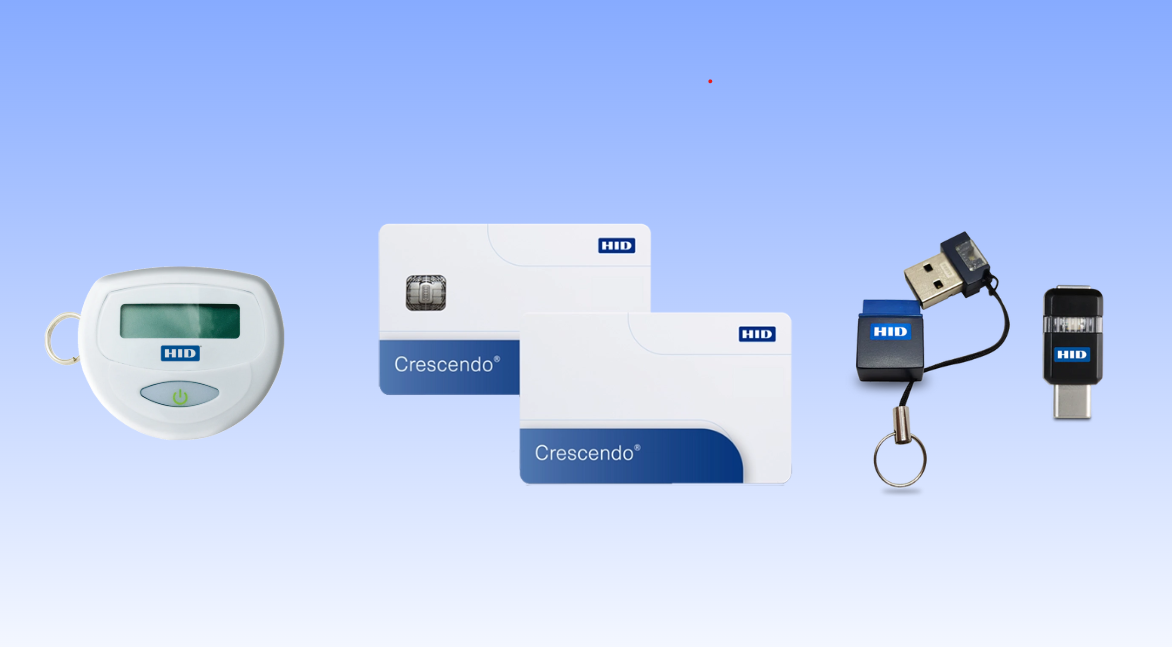Tx Systems' Top 3 Best Practices to Mitigate Cyber Threats
Our Tx Systems team specializes in consulting and custom solution development for Commercial Applications, Asset Tracking, and Government ID Card systems. Tx Systems also provides a complete line of smart cards, related software, development tools, and NFC devices. Our solutions are made by the most reliable manufacturers in the cybersecurity industry such as HID Global, Identiv, and SecuGen. With experience in the cybersecurity realm since 2001, we are trusted experts in the industry. Here are our top three best practices to help organizations mitigate ever-evolving cyber threats:
Number 1: Deploy Multi-Factor Authentication (MFA)
Today's cyber threats are unlike anything we have seen in the past. Advanced hackers, malicious software, and AI have resulted in the need for complete end-to-end security solutions. This includes advanced authentication and access controls. The usual username and password no longer suffice as sound security. We now need multi-factor authentication, which combines what you have, what you are, what you know, or where you are, to obtain access to network resources. Implementing MFA adds an extra layer of security by requiring users to provide multiple forms of identification before accessing sensitive systems or data. This significantly reduces the risk of unauthorized access, even if passwords are compromised.
MFA has a plethora of benefits to be reaped. Implementing MFA protocols allows organizations to secure the work-from-home environment, ensure regulatory compliance, reduce internal IT burdens, and protect sensitive data. To read more about MFA, check out our previous article here.

Number 2: Encrypt Data
Protecting sensitive data requires encryption both in transit and at rest. This guarantees that in the event of unwanted access, the data cannot be decrypted without the necessary encryption keys. Encryption works by converting ordinary text (known as plaintext) into an unreadable jumble (known as ciphertext).
Data is encrypted through the use of digital keys and intricate mathematical formulas. Data is encoded into ciphertext using an encryption key and an encryption method (cipher). The same or a different key (cipher) is used to decode the ciphertext back into the original value once it has been sent to the recipient. Sound data encryption relies heavily on encryption keys. Since only the correct key can unlock the encrypted data, they function similarly to physical keys and are effectively codes. One can generate encryption keys manually or with software that uses an algorithm to jumble data and then output the key.
Number 3: Employee Training and Collaboration
Cybersecurity problems continue to be significantly influenced by
human error. Employees who participate in training programs will be able to spot phishing attempts, grasp security best practices, and support the development of an effective cybersecurity culture within the company. It's also critical to work with cybersecurity professionals and keep up with the most recent threats and mitigating techniques. This could entail visiting conferences, taking part in industry forums, and enlisting the help of outside
cybersecurity specialists.
As the digital landscape evolves, so do the challenges posed by cyber threats. To protect against attacks, proactive cybersecurity measures are crucial. These include employee education, data encryption, and the use of cutting-edge technologies. Through educated navigation and the application of best practices, individuals and businesses may confidently traverse the digital frontier, safeguarding their valuables and guaranteeing a secure digital future.
Our goal at Tx Systems is to provide organizations with the defensive weapons needed to combat ever-evolving threats. Check out our website, or contact us today to learn how we can help secure what matters most.




